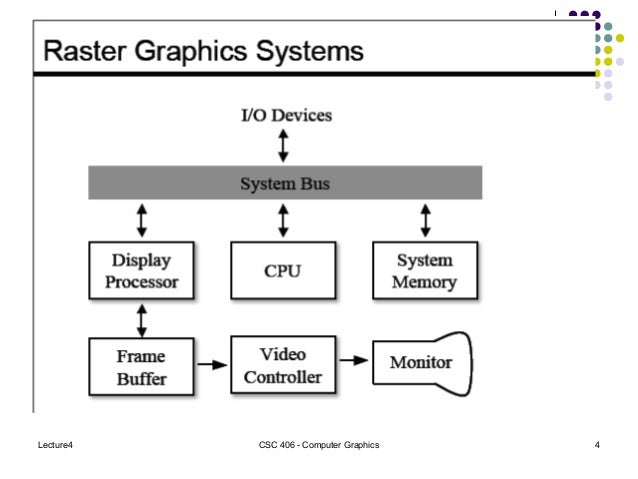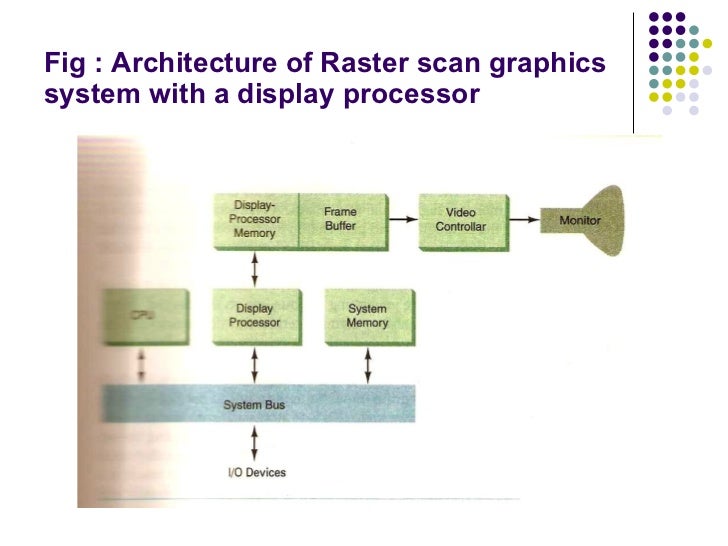

RIPping often includes a number of additional processes. In other environments the output stage is tightly coupled with rendering, and the output raster is kept in memory instead of writing it to disk to increase speed (as is done in the Harlequin Direct technology). Sometimes the output step is completely decoupled from the RIP, perhaps because a near-line or off-line RIP is used for a digital press and rasters are stored as TIFF files on disk and sent to the press later. Output: The raster produced by the rendering process is sent to the marking engine in the output device, whether it’s exposing a plate, a drum for marking with toner, an inkjet head or any other technology. Just to make life even more interesting, the term ‘rendering’ is sometimes used specifically for this part of the overall processing, and sometimes to describe the whole of the RIPing process. Rendering: The display list is processed to convert it into an output raster: a grid of pixels at the right resolution and in the right color space (or set of separations) for the output device.
Raster image prozessor pdf#
This phase is only required for any graphics in formats that support live transparency, such as PDF it’s not required for PostScript language jobs or for TIFF and JPEG images because those cannot include live transparency. This database is usually referred to as a “display list”.Ĭompositing: The display list is pre-processed to apply any live transparency that may be in the job. Each may be an image, a character of text (including font, size, color etc), a fill or stroke etc. Interpreting: The file to be RIPped is read and decoded into an internal database of graphical elements that must be placed on the output. The process of RIPping a job requires several steps to be performed in order, regardless of the image file or page description language (such as PDF) that it’s submitted in, although these may be occurring in parallel to increase throughput: They will also almost always need to have an appropriate halftone screening for the press applied. to match the inkjet heads), or in the correct color space to match the inks being used. Even TIFF, JPEG, PNG etc usually need to be RIPped, because they’re rarely submitted at the correct resolution for the output (e.g. You’ll see some image formats in that list as well as page description languages. The RIP is a technology component that converts text, vector, image and other graphical data from many file formats including PDF, PostScript, TIFF™ or JPEG into a format that a printing device such as an inkjet printhead, toner marking engine, etc can understand. I’m going to stick my neck out and say, as a representative of a company that builds and sells RIP technology, that this is the correct use of the word ‘RIP’!

The component within that computer/rack that transforms a supplied job into a format that can be sent on to the physical output.Again, those are more precise terms that are more likely to lead to a common understanding.

My preferred term for this is "Digital Front End" (DFE), or, in transactional printing, "controller". It’s most commonly called the ‘RIP’ in wide format printing, but I’ve heard the term elsewhere as well.
Raster image prozessor software#
The whole software workflow that leads up to printing.I’ve heard the term used for a variety of different things: Today I want to talk about RIPs, or Raster Image Processors. It would be hard to come up with a situation that could lead to more misunderstandings when talking about technology, especially when that technology can be used across multiple sectors! Some words are used for different things by people in different print sectors, and some things are referred to with different terms in each sector. For some reason the print industry is notorious for confusing terminology.


 0 kommentar(er)
0 kommentar(er)
